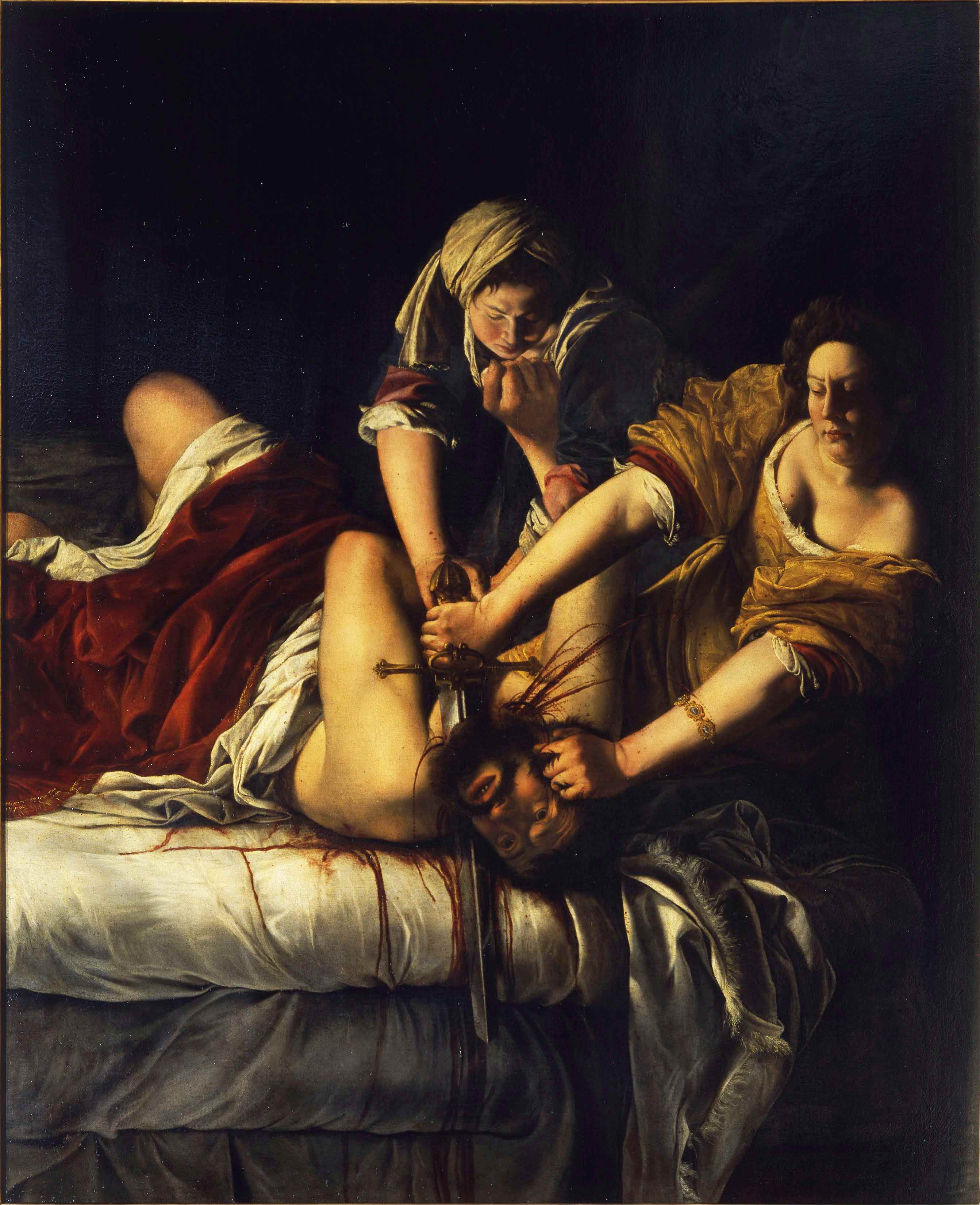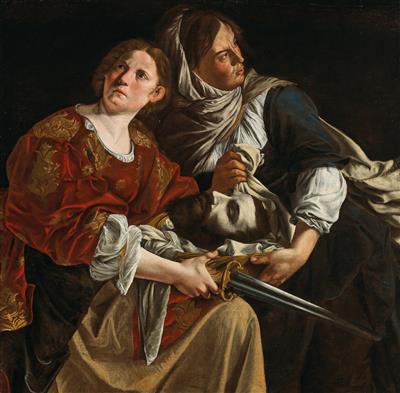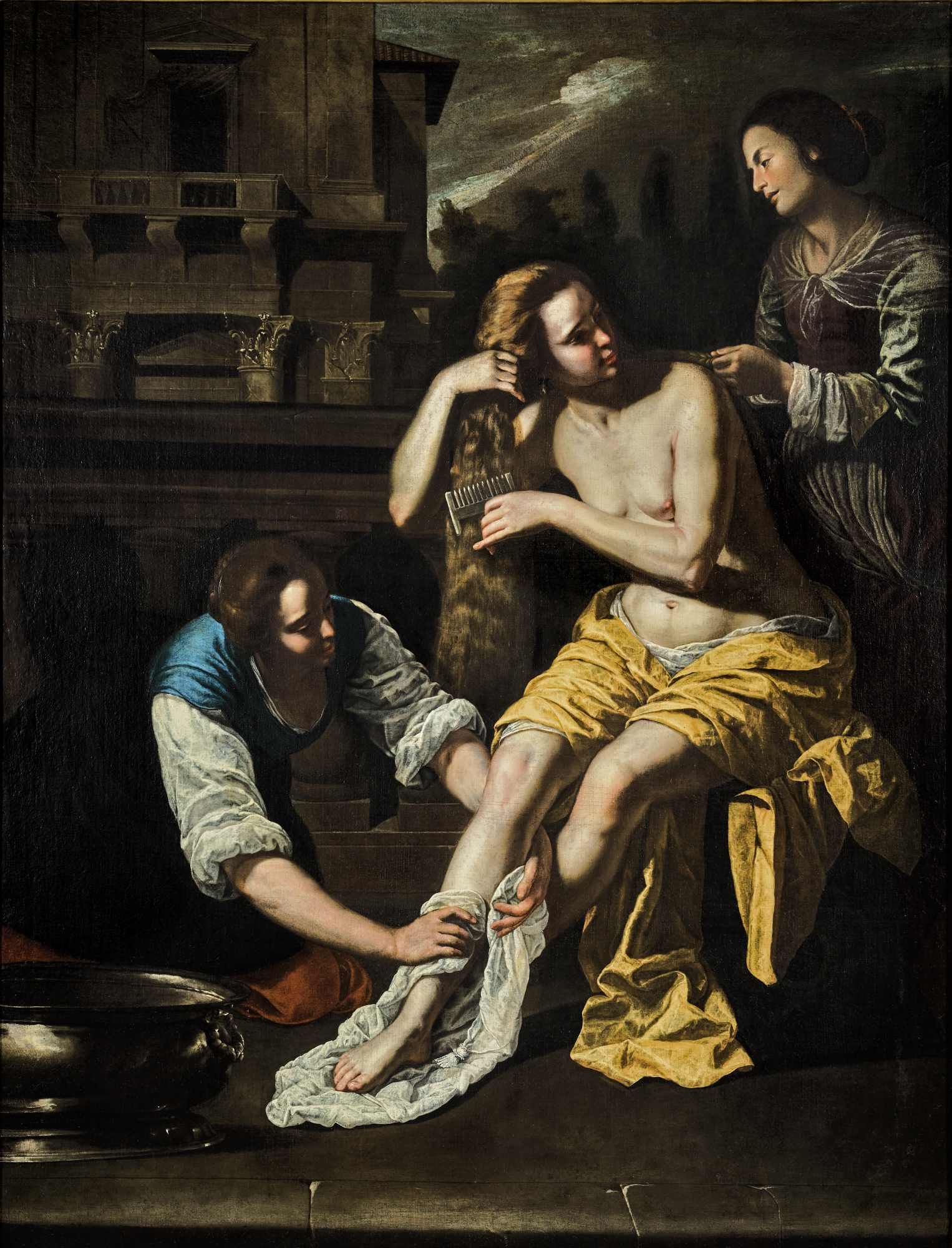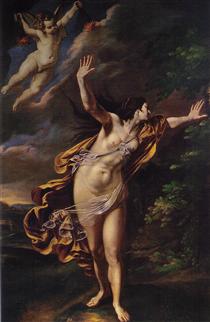ARTEMISIA GENTILESCHI
THE FEMINIST PAINTER AVENGING WOMEN EVERYWHERE & REDEFINING 'INFERIORITY'
Artemisia Gentileschi, a Baroque painter from Italy, lived in the 17th century and did not identify as genderqueer, as this concept did not exist at the time. However, some scholars have analyzed her artwork through a contemporary lens and have identified certain elements that could be interpreted as challenging gender norms.
Some of her paintings depict strong and powerful women, such as Judith, a biblical figure who beheads an Assyrian general to save her people. In Gentileschi's version of the story, Judith is portrayed with a muscular and determined body, in contrast to the delicate and submissive depiction of the same character in other artists' works. This could be seen as a subversion of traditional gender roles and an expression of feminist ideas.
some scholars have noted that Gentileschi's self-portraits display a certain ambiguity in terms of gender, with some of them emphasizing her androgynous features and attire. However, it is important to note that such interpretations are speculative and may reflect contemporary concerns more than the artist's intentions.
Gentileschi also depicted women in positions of authority, such as the biblical figure Esther, who was a queen and a leader. She also painted women engaged in traditionally male activities, such as hunting and playing musical instruments.
In her famous painting "Judith Slaying Holofernes," Gentileschi portrays Judith, a biblical heroine, as a strong and confident woman who takes matters into her own hands and saves her people by beheading the enemy general. The painting is known for its dramatic and violent imagery, and it has been interpreted as a symbol of female power and agency.
While Gentileschi's artwork does not explicitly express gender queerness, her depictions of strong and empowered women challenge traditional gender roles and norms, and may be seen as early examples of feminist art.




